
Stop wasting time cleaning these 10 things wrong
Cleaning can often feel like a never-ending chore, but what if we told you that you might be doing it all wrong? Many of us spend hours scrubbing, dusting, and polishing, only to realize that our homes still feel cluttered or not fully clean. The truth is, there are smarter and more efficient ways to handle everyday cleaning tasks that save time, reduce effort, and often deliver better results. By adopting these strategies, you can turn cleaning from a dreaded task into a faster, more manageable routine.
In this article, we’ll explore 11 common cleaning tasks you might be wasting time on and provide practical, effective methods to streamline them. From harnessing natural solutions to leveraging modern tools, these tips will not only improve your cleaning efficiency but also give you back precious time for the activities you truly enjoy.
1. Stop Scrubbing the Microwave: Use Lemon Steam
Instead of tirelessly scrubbing stubborn food residue in your microwave, try harnessing the natural cleaning power of lemons. Cut a lemon in half and squeeze the juice into a microwave-safe bowl filled with about one cup of water. Drop the lemon halves into the bowl as well. Microwave on high for 3–5 minutes, letting the steam loosen grime and grease.
After microwaving, leave the bowl inside the closed microwave for another 5 minutes. The steam bath will soften hardened food particles, allowing you to simply wipe them away with a damp cloth. This method not only saves time but also leaves your microwave smelling fresh, without the harsh chemical cleaners. Bonus tip: You can also add a teaspoon of baking soda to the water for extra deodorizing power.
2. Overnight Soak for Showerheads: Vinegar Does the Trick
Mineral deposits can clog showerheads, reducing water flow and efficiency. Instead of scrubbing manually, try an overnight vinegar soak. Fill a plastic bag with white vinegar enough to submerge the showerhead, and secure it with a rubber band. Let it soak overnight.
By morning, the vinegar will have dissolved the deposits, making it easy to rinse away the residue. This hands-off method ensures a thorough clean without any elbow grease, leaving your showerhead sparkling and fully functional. For extra shine, wipe the surface with a soft cloth the next day.
3. Clean Oven Racks in the Bathtub Instead of the Sink
Cleaning oven racks in a small sink can be cumbersome. Instead, use your bathtub. Place an old towel at the bottom to prevent scratches, then lay the racks on top. Fill the tub with hot water and add half a cup of dishwashing detergent. Let them soak overnight.
The next day, most grime can be wiped away easily, minimizing effort and avoiding harsh scrubbing. This method works especially well for heavily soiled racks, and it frees up your sink for other tasks.
4. Simplify Blender Cleaning: Blend Soap and Water
Blenders often trap food under the blades, making them difficult to clean. Instead of taking them apart, fill the blender halfway with warm water and a few drops of dish soap. Secure the lid and blend on high for 30 seconds.
The soapy vortex cleans blades and container walls quickly and effectively. Rinse thoroughly with clean water, and your blender is ready for the next use. Pro tip: Adding a few ice cubes during the blend can help scrub stubborn residues even better.
5. Skip Daily Dusting of Bookshelves: Use a Vacuum Instead
Dusting bookshelves with a cloth can be tedious and often spreads dust into the air. Instead, use your vacuum’s brush attachment to remove dust from shelves and books. This method is faster, more effective, and reduces allergens in your home.
For best results, vacuum bookshelves once a week. For delicate items, lightly wipe with a microfiber cloth afterward. This approach keeps your space dust-free without turning it into a daily chore.
6. Forget Handwashing Window Screens: Use a Garden Hose
Window screens collect dust, pollen, and debris, but handwashing can be labor-intensive. Take them outside and rinse thoroughly with a garden hose. For stubborn spots, use a soft brush with mild soap.
This method is faster, more effective, and ensures all debris is washed away. Let screens air dry completely before reinstalling them. If you live in a particularly dusty area, consider rinsing them twice a year for optimal cleanliness.
7. Leave Carpets Alone: Focus on Spot Cleaning Only
Carpets attract dirt and stains, but full-scale cleaning isn’t always necessary. Instead, tackle stains as they occur: blot spills immediately with a clean cloth and apply a carpet stain remover as directed.
For maintenance, vacuum high-traffic areas weekly to prevent buildup. This targeted approach keeps carpets looking fresh without wasting time cleaning areas that don’t need it. Pro tip: Place rugs or runners in high-traffic areas to further reduce dirt accumulation.
8. Don’t Over-Clean the Dishwasher: Run a Vinegar Cycle
Scrubbing your dishwasher is rarely necessary. Instead, place a cup of white vinegar on the top rack and run a hot water cycle. This removes odors and mineral deposits effectively.
Repeating this once a month keeps your dishwasher running smoothly with minimal effort. For extra freshness, sprinkle a little baking soda on the bottom of the dishwasher after the cycle to absorb residual odors.
9. Avoid Daily Mopping: Spot Clean High-Traffic Areas
Mopping the entire floor every day is often unnecessary. Focus on high-traffic areas that show dirt, using a damp mop or cloth to clean them quickly.
Schedule full mopping sessions once a week for a deeper clean. This approach keeps your floors presentable without taking up hours of your time every day. Bonus tip: For hardwood floors, use a microfiber mop and avoid excess water to protect the finish.
10. Minimize Toilet Scrubbing: Use Drop-In Tablets
Toilet scrubbing can be reduced with drop-in cleaning tablets. These maintain cleanliness, reduce mineral buildup, and control odors with each flush.
Simply place a tablet in the tank and let it work. This method drastically cuts down on frequent scrubbing and keeps your bathroom hygienic with minimal effort. For heavily used bathrooms, consider replacing tablets monthly.
11. Stop Polishing Wood Furniture: Use a Microfiber Cloth
Polishing wood furniture can be labor-intensive and often unnecessary. Instead, use a microfiber cloth to dust and clean surfaces. Microfiber traps dust and dirt efficiently without needing spray polish.
For a deeper clean, lightly dampen the cloth with water or a mild wood cleaner. This method protects your furniture’s finish, keeps it looking pristine, and saves significant time. A little tip: Microfiber cloths can also be used to clean electronics and glass surfaces, reducing clutter and extra cleaning products.
By adopting these simple, efficient cleaning techniques, you can save time, reduce stress, and enjoy a cleaner home without the constant effort. Small changes in your routine can lead to big results—meaning more time for yourself, your family, and the activities you love. Cleaning doesn’t have to be a chore; it can be smart, effective, and even satisfying when done the right way.
News in the same category


The 'immortality' vegetable grows wild in gardens and is extremely good for the lungs, but Vietnamese people dislike its strange smell so they rarely use it.

Eat okra regularly: These are the "golden" benefits that you should not ignore.

They are both peanuts, but the red and white shells have big differences. After reading this, don't buy them randomly again.
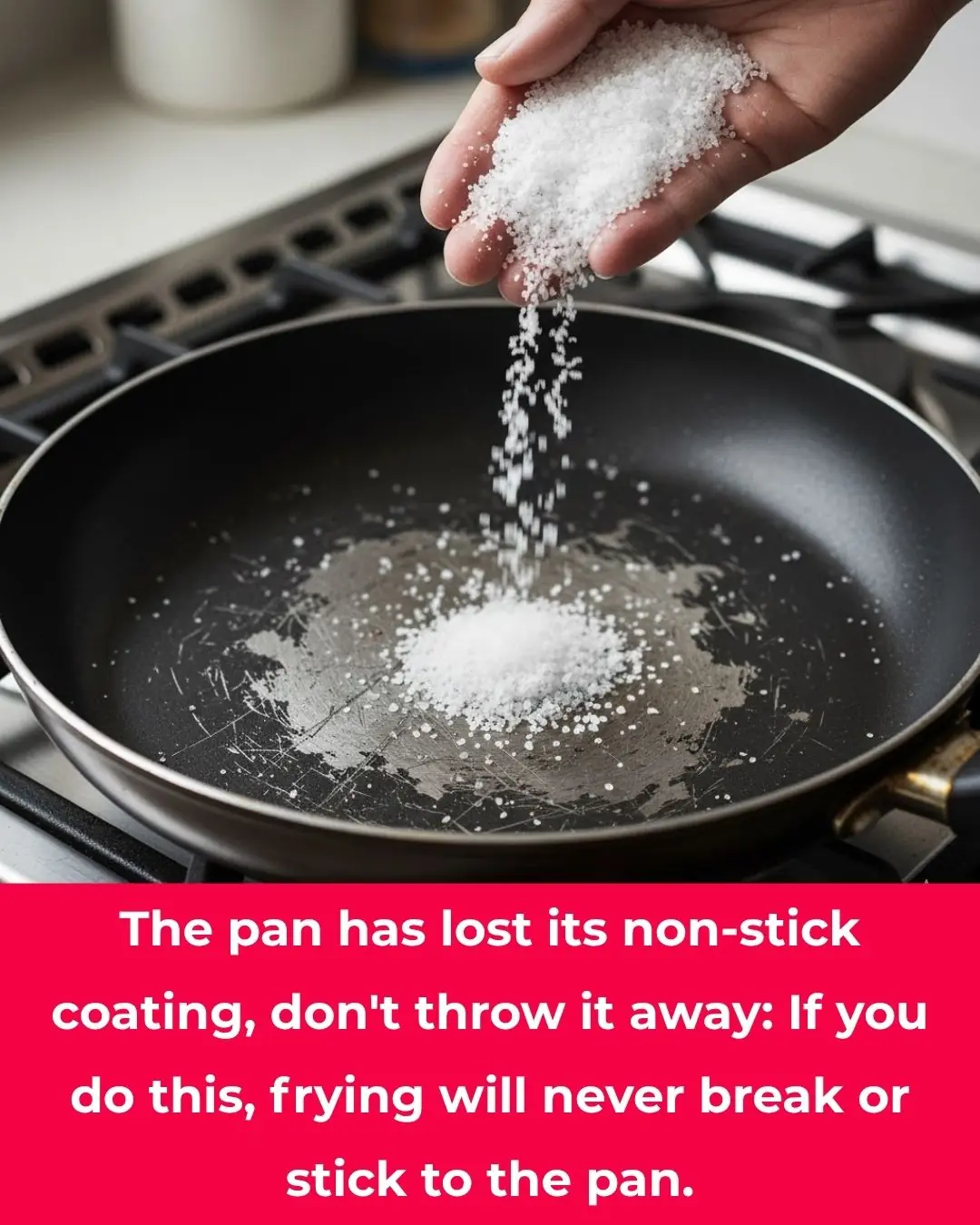
The pan has lost its non-stick coating, don't throw it away: If you do this, frying will never break or stick to the pan.
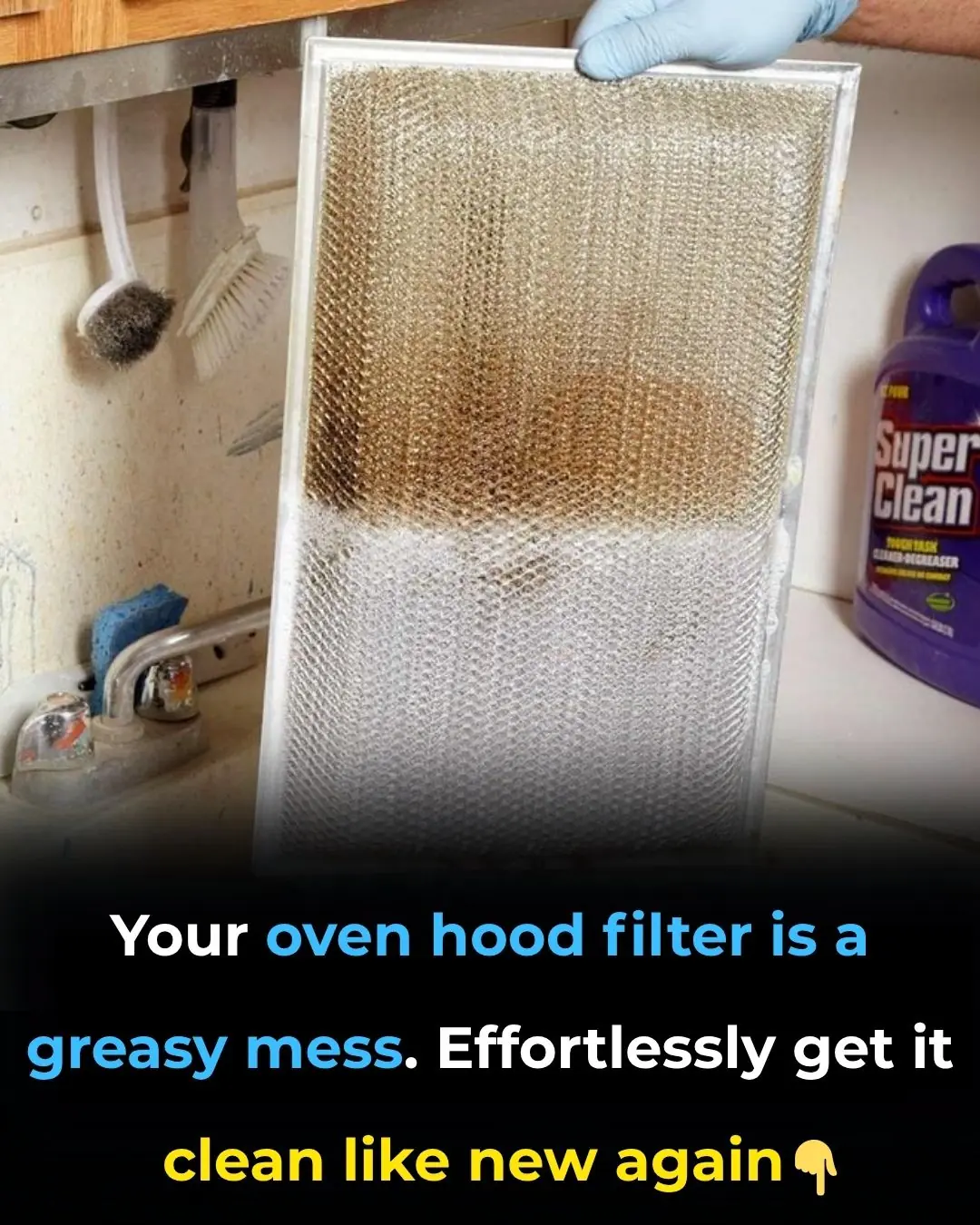
Your oven hood filter is a greasy mess. Effortlessly get it clean like new again
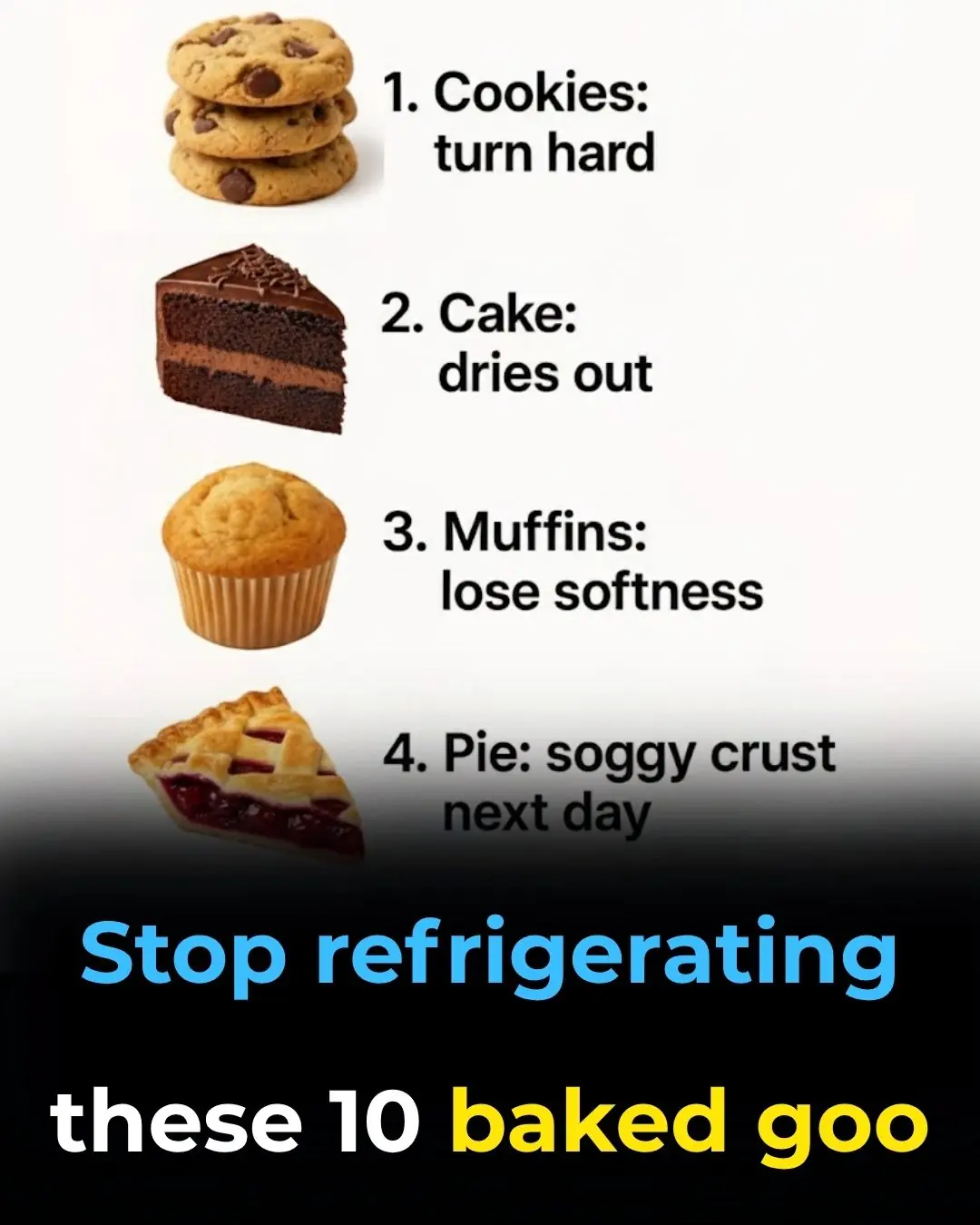
Stop refrigerating these 10 baked goods

Stop refrigerating these 10 breads and pastries

Stop believing these 10 things

Stop buying these 10 things thinking they're healthy
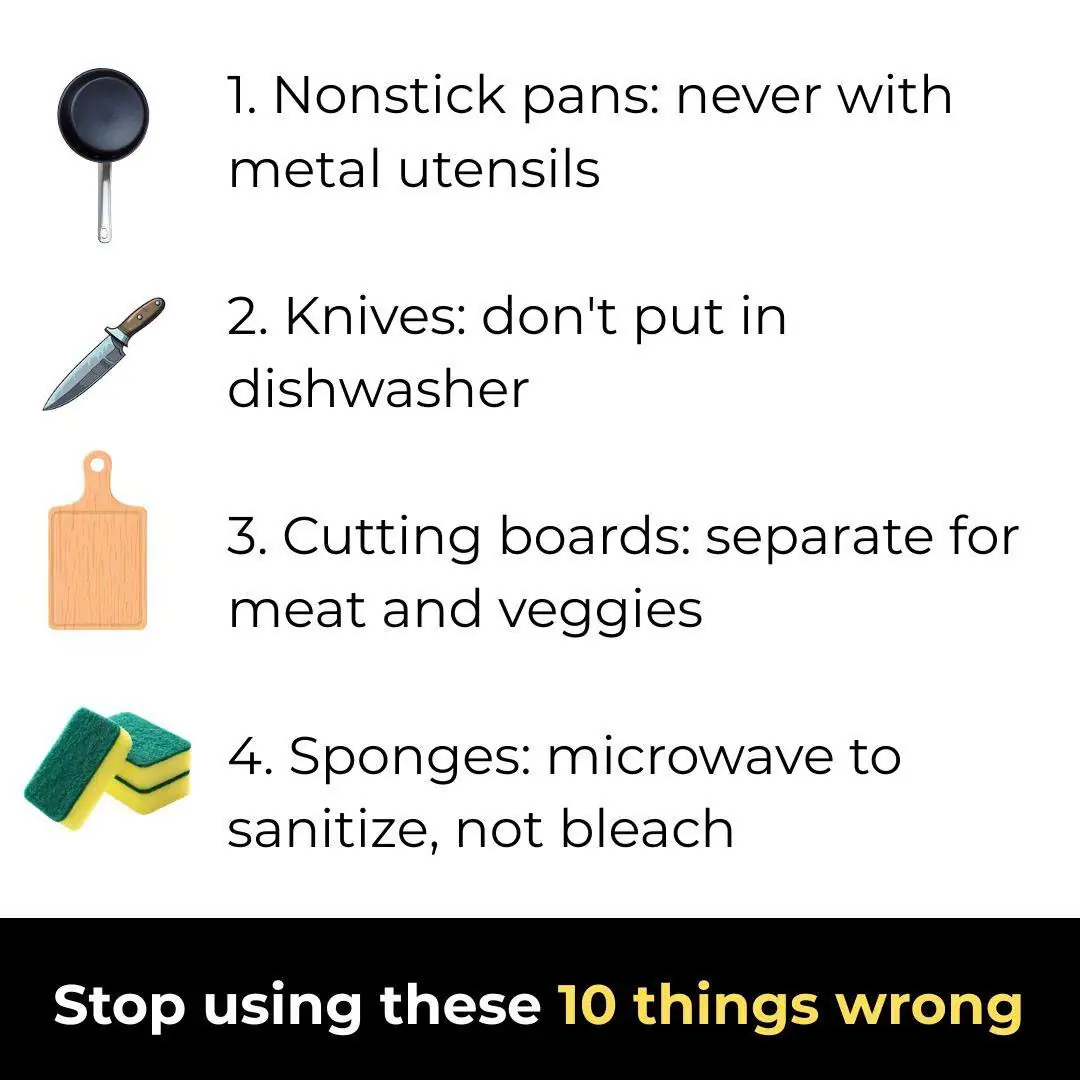
Stop using these 10 things wrong

When buying duck eggs, should you choose “white shell” or “green shell”? Sellers reveal a method that only insiders know

Pour boiling water into pickled cabbage, it seems to have a bad taste but it turns out to be a very delicious pickling tip, surprisingly golden and crispy.
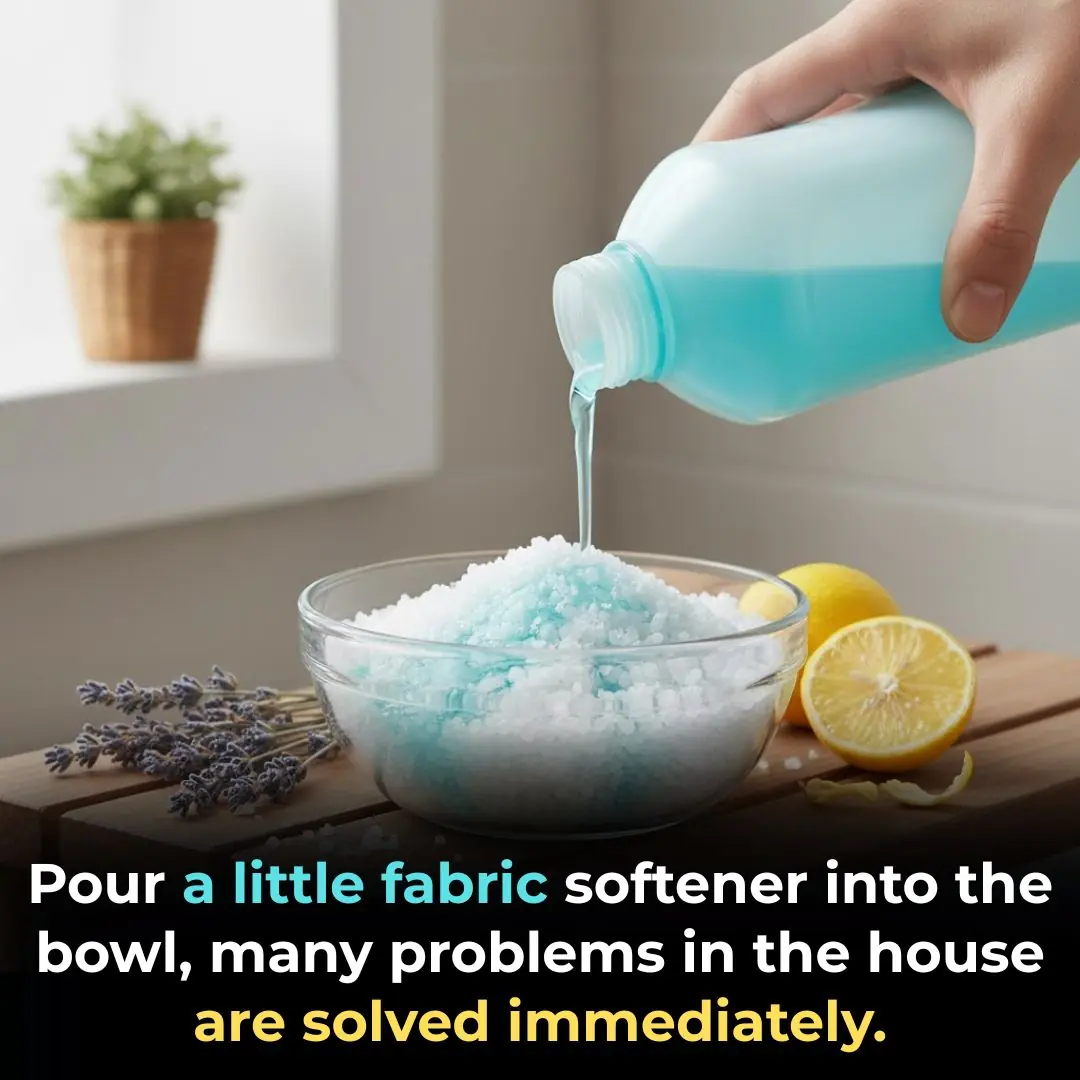
Pour a little fabric softener into the bowl, many problems in the house are solved immediately.

When thawing meat, add a few drops of this mixture for 10 minutes to soften the meat and keep it fresh and delicious.

When arranging roses, don't just use plain water. Add a few drops of this and the flowers will bloom. After 10 days, they will still not be fresh.

Squeeze a few drops of lemon into the eggs before frying them. Unexpected benefits that not everyone knows.

When frying fish, just add this to the pan, a miracle happens, the fish becomes golden and crispy, does not fall apart, and sticks to the pan.

No way, I was so out of the loop here
News Post

How to make bean sprouts without watering, in just over 2 days you will have big, white bean sprouts

The 'immortality' vegetable grows wild in gardens and is extremely good for the lungs, but Vietnamese people dislike its strange smell so they rarely use it.

Eat okra regularly: These are the "golden" benefits that you should not ignore.

They are both peanuts, but the red and white shells have big differences. After reading this, don't buy them randomly again.

The pan has lost its non-stick coating, don't throw it away: If you do this, frying will never break or stick to the pan.

Your oven hood filter is a greasy mess. Effortlessly get it clean like new again

Stop refrigerating these 10 baked goods

Stop refrigerating these 10 breads and pastries

The Day My Daughter Taught a Stranger What Beauty Really Means.

The Pickle Jar That Fed a Heart.

Kim Kardashian reveals how North reacted to backlash over fake tattoos and piercings

A Mother’s Struggle: The Elephant Who Wouldn’t Give Up.

“Roll Tide, Roll On”: The Courage of Officer Justin Beal

Danniella Westbrook declares she’s ‘taking it one day at a time’ after hospitalisation

Clay’s Brave Heart: A Mother’s Journey Through Love, Loss, and Courage

Carter’s Journey: A Mother’s Heart in the Midst of Cancer, Faith, and Fear

15 stars we want to see on the Celebrity Traitors season 2 cast – Alison Hammond to Davina McCall

Felicity’s Brave Heart: A Journey Through Fear, Surgery, and Joy

A Mother’s Courage: Lia and Oscar’s Journey Through a Fragile Heart
